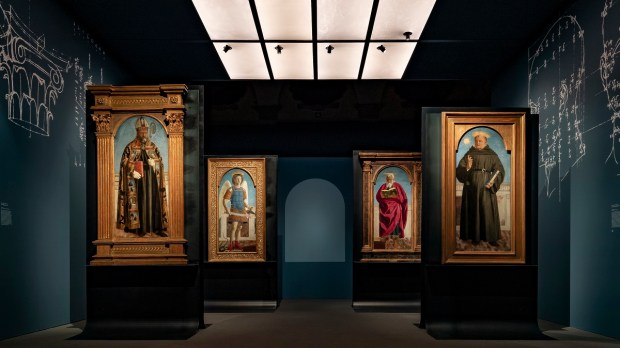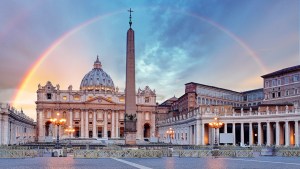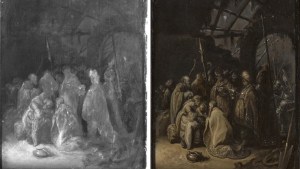Known for the harmonious geometry of his paintings, his use of perspective, and his humanism, Piero della Francesca is considered one of the leading figures of the Italian Renaissance. In 1454 he was commissioned to create an altarpiece for the high altar of the church of the Augustinians in the medieval hamlet of Borgo San Sepolcro near Arezzo.
That altarpiece, featuring depictions of key figures of Christianity such as St. Augustine and St. John the Evangelist, was disassembled at the end of the 16th century, and each of its panels was transported to a different location. Art historians are still trying to figure out what happened to the various panels over the centuries.
What’s sure is that by the 20th century, eight of the original panels were part of the permanent collection of museums across Europe and the United States. This month, for the first time in 455 years, these surviving panels will be presented together to the public as part of a special exhibition held at the Museo Poldi Pezzoli in Milan, Italy.
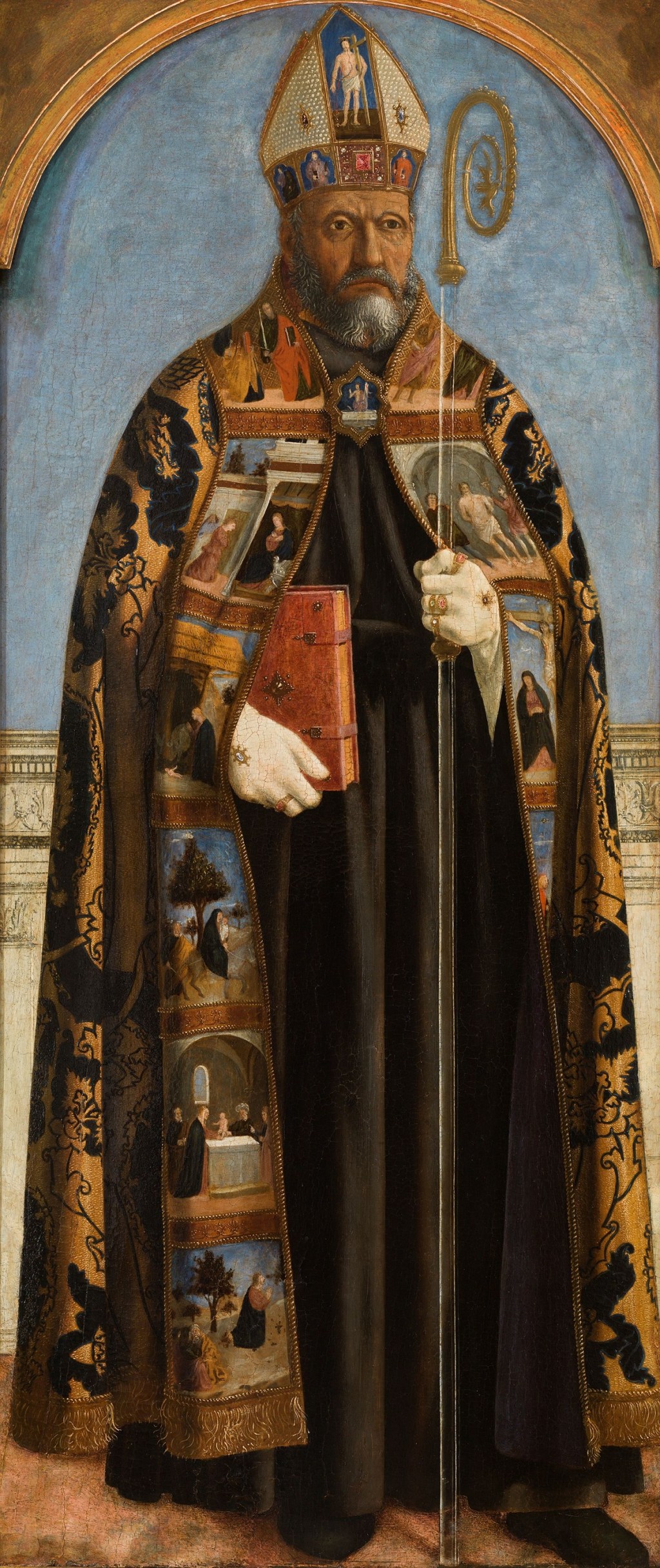
“This has been an extraordinary project,” says Alessandra Quarto, director of the Poldi Pezzoli Museum in an interview with adnkronosnews. “Close collaboration among all the museums involved as well as Bracco Foundation and Bicocca University has been vital.”
As explained by Musueo Poldi Pezzoli in a press release, the reunion of Piero’s masterpiece had been attempted before by both Poldi Pezzoli itself and other museums like the Frick Collection in New York and the Hermitage. However, coordinating loans from museums across two continents was not an easy feat.
This time, partly due to the temporary closure of the Frick Collection in New York, it was easier to coordinate the international loans. With its works temporarily held in storage, the Frick Collection readily agreed to loan its pieces of the polyptych – St. John the Evangelist, the Crucifixion, St. Monica and St. Leonard – and facilitated loans from the National Gallery in London, the National Gallery of Art in Washington, and the Museu Nacional de Arte Antiga in Lisbon.
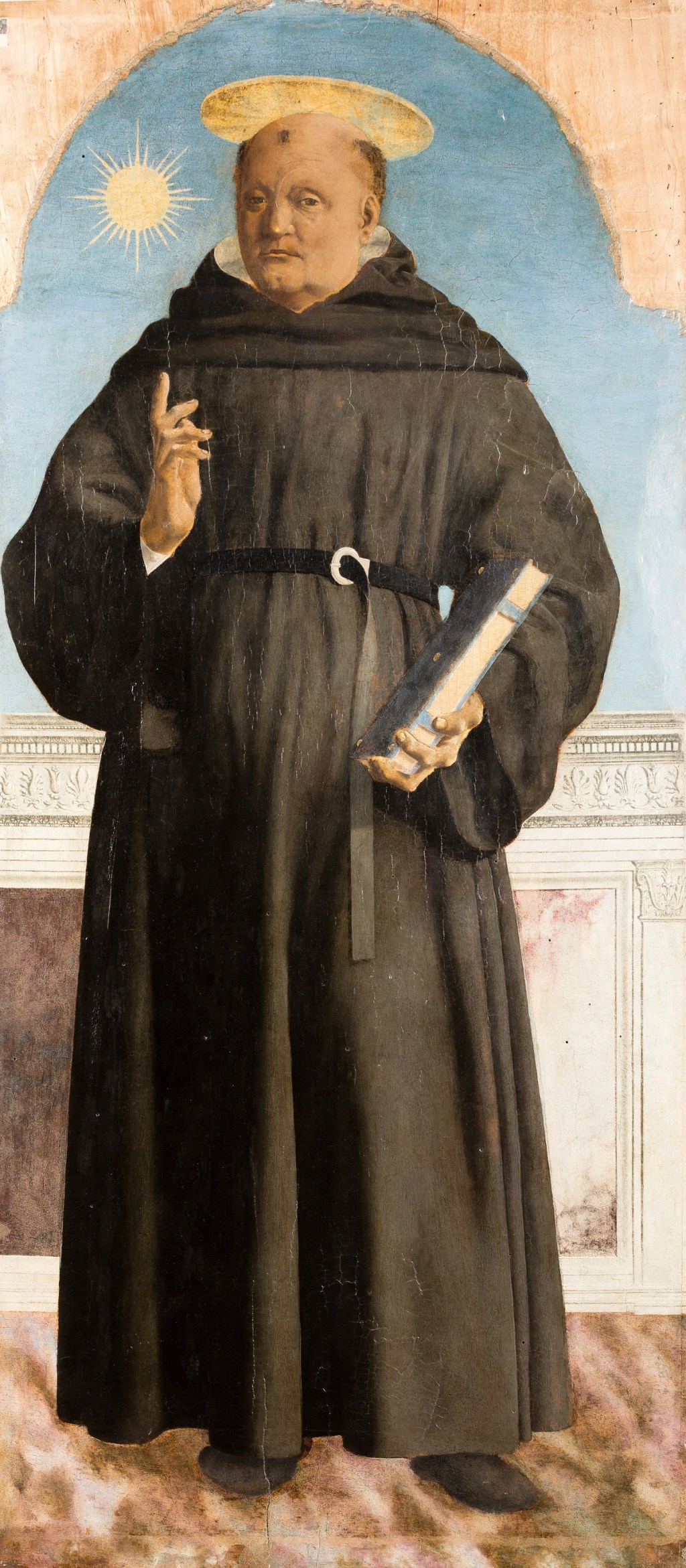
“This is an extraordinary exhibition not just from an artistic point of view but also from a scientific perspective,” says Diana Bracco, president of Fondazione Bracco, in an interview with aise.it. “Viewers will be able to look up close and compare some of the main subjects of this great work of art.”
Thanks to non-invasive diagnostic analysis performed on some of the works, visitors will learn about Piero’s working techniques and materials. The juxtaposition of the panels against one another will allow viewers to grasp the different styles used by Piero to convey each subject, such as the opulence of St. Augustine’s jewels and brocades versus the simplicity of St. Nicholas of Tolentino’s sober tunic.
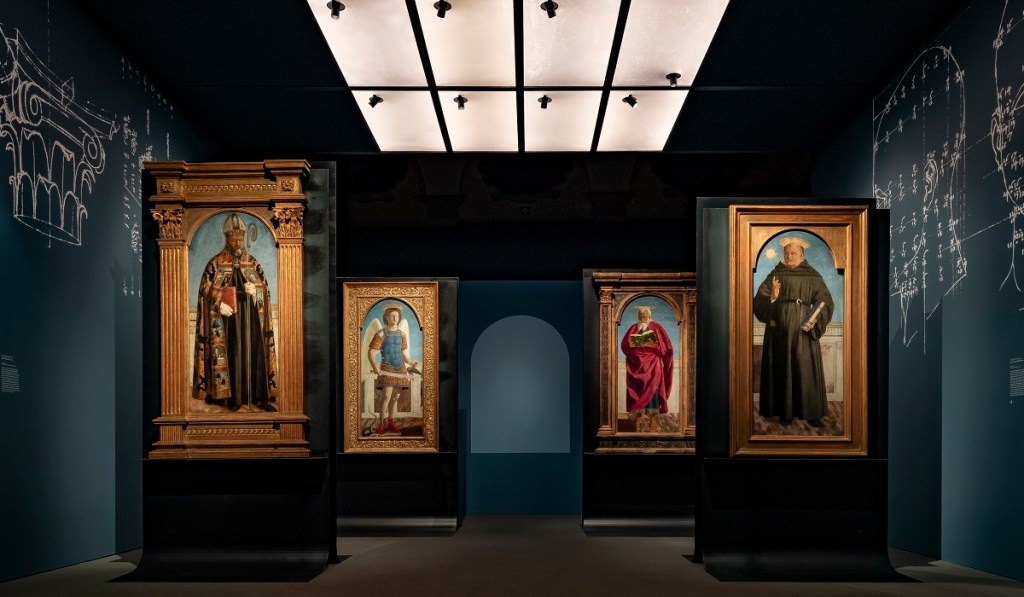
The exhibition is the brainchild of Poldi Pezzoli’s director Alessandra Quarto and curated by Machtelt Brüggen Israëls (Rijksmuseum and University of Amsterdam) and Nathaniel Silver (Isabella Stewart Gardner Museum, Boston), who were involved with the reconstruction of the polyptych in 2013 at the Frick Collection in New York.
“These panels reveal the way Piero della Francesca looked for the essence of his subjects, the way his mind worked in a three-dimensional way and how he mastered oil painting,” Machtelt Brüggen Israëls said in an video. “The reunion of these panels is truly a one in lifetime occasion to admire one of the masterpieces of Piero della Francesca up close.”
The exhibition will be held at the Poldi Pezzoli Museum until June 24, 2024. Tickets can be booked online.
